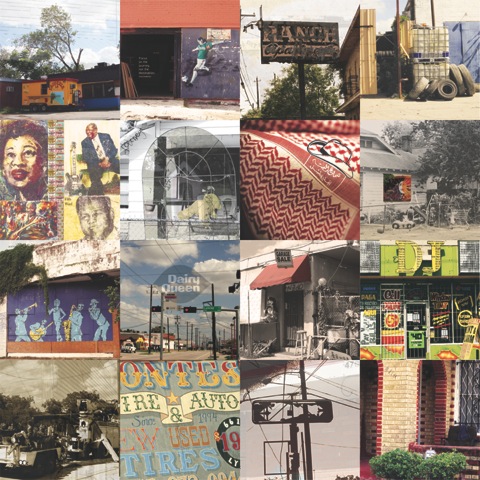The Spaces Between: Creating A Space for Female Sexuality in France Burney’s Evelina, Ann Radcliffe’s The Italian, and Jane Austen’s Sense and Sensibility
Abstract
As Nancy Armstrong argues in Desire and Domestic Fiction: A Political History of the Novel, “domestic fiction” was a privileged site for exploring the emerging concepts of sexuality and identity, and because most eighteenth-century novels were by and/or about women, women novelists found a certain amount of authority in this particular and important new area of thought. Of course, many novels by women contain instances of explicit sexuality, including but not limited to works by Aphra Behn and Eliza Haywood. But more interesting to me are those works which are often read as being devoid of sexual matters, but which, if read for submerged meanings and subtexts, offer at least a possibility for women’s sexuality.
This method of reading, works on an analysis of the “silences, omissions, ironies, and textual subtleties” of the text, and can reveal the “encoding of female discourse” (822).
I have chosen to analyze Frances Burney’s Evelina, Ann Radcliffe’s The Italian, and Jane Austen’s Sense and Sensibility, all of which contain heroines who exhibit almost no explicit sexual desire whatsoever.




